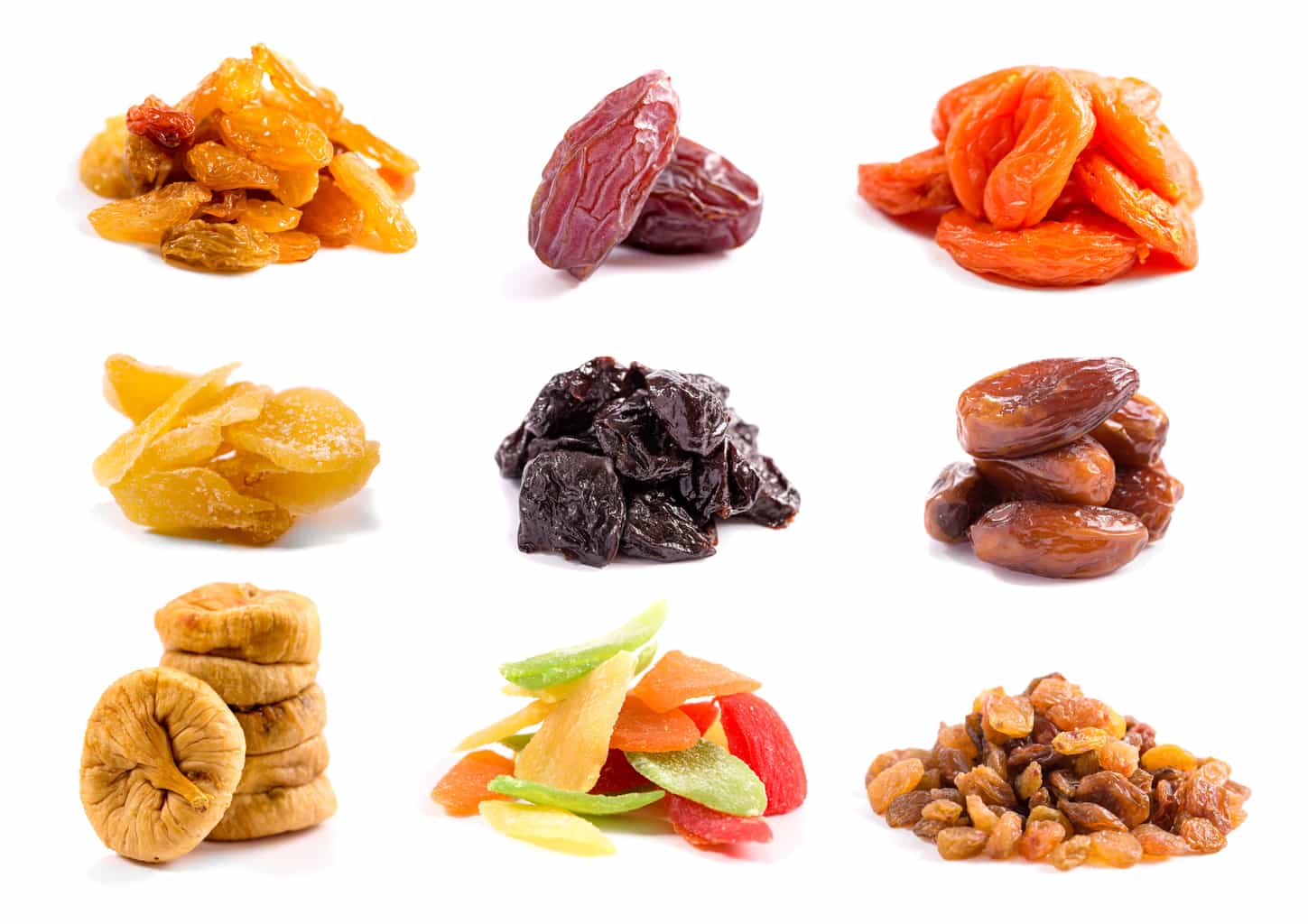
[cmamad id=”10297″ align=”center” tabid=”display-desktop” mobid=”display-desktop” stg=””]
Many people don’t realize just how damaging mycotoxins can be, even in small amounts.
What are mycotoxins?
These are the waste products produced when fungi metabolize energy.
Essentially, mycotoxins are like fecal matter from fungi.
The most common mycotoxin in our food supply is ochratoxin A.
The mold Aspergillus ochraceous produces it.
You can find ochratoxin A on contaminated grains and dried fruit.
This mycotoxin is capable of inducing kidney cancer at only parts per billion levels.

So, researchers here divided pigs into four groups. There was a control, and three escalating concentrations of ochratoxin.
They fed the pigs grain cultured with the mold Aspergillus ochraceous.
This mold produced small amounts of penicillic acid (PA) as well.
In the initial stages, the microscopic picture was dominated by degenerative changes in the proximal tubules.
The Ochratoxin A caused massive kidney damage at these small amounts (305ppb) after only a few months.

And the effect is amplified by other mycotoxins.
[cmamad id=”10298″ align=”center” tabid=”display-desktop” mobid=”display-desktop” stg=””]
This is synergy: the other toxins produced by the mold increased the toxicity of ochratoxin.
But studies show that even smaller levels are toxic to humans, as illustrated in The Balkans.
In the Balkans, ochratoxin A poisoning causes Balkan Endemic Nephropathy in some villages.
This condition exists in clusters here, and there is an association here with relatively high ochratoxin levels.
Keep in mind though, a “high” level of ochratoxin is still a very small amount.

In this study, researchers asked volunteers to save an equal amount of food they ate on a daily basis. They analyzed two separate villages.

One of the villages was in an area with high kidney disease.
They found higher ochratoxin levels in the endemic region.
Some values even exceeded the World Health Organization’s provisional level of 14 ng/kg · bw/ day.
But because of studies like this one, we know that those levels are a toxic dose.
Several notable mycotoxicologists feel it should be revised downward to 1.8 ng/kg · bw/day.
When monitoring the area, researchers observed higher levels than this. And there are seasonal variations.
They even find higher levels during rainy years.
Progressive and very gradually developing renal failure with insidious onset…The last stage shows marked fibrosis.
There are other reasons besides studies in the Balkans to believe that humans would be more sensitive to ochratoxin than pigs.
Humans and monkeys have the longest half-life for ochratoxin A.
The time it takes the body to break down just half the ochratoxin A is 35 days (840 hours).
This is significantly longer than pigs, who have a half-life of just 6¼ days (150 hours).
And humans and primates have the lowest clearance rates.

Since the body doesn’t process it quickly, ochratoxin in even low doses can build-up over time.
The monkey had by far the longest elimination half-life of 35 days for intravenous administration.
This is because the proteins in our plasma (albumin) bind very strongly to ochratoxin, more than any other species.
Then the kidney filters it, though the body reabsorbs much of it.
In the process, it binds to DNA in the tubules, causing pathological changes and sometimes even cancer.
The importance of the low clearance and strong protein-binding on the toxicity of ochratoxin A is still unknown.
We can measure this DNA binding, though.

Researchers fed rats fed ochratoxin A and then removed their kidneys and extracted their DNA.
Thin-layer chromatography showed the presence of a DNA (guanidine) adduct from the rats.
We recently showed that continuous treatment of Dark Agouti rats with feed contaminated with 50 ng OTA/kg [ppt] for 4 weeks led to the formation of DNA adduct.
They even used mass spectrometry, which left no doubt that ochratoxin binds with DNA.

This is probably why it produces cancer in rats.

And it’s probably why some areas in the Balkans have kidney cancer rates of 66.4/10⁴, which they found in Croatia between 1974-1989.
The most contaminated foods, by far, are grains — including oats.
In the population study, Vrabcheva observed that one volunteer had levels below the limit of quantification.
The food recorded differed from that of the others by a much greater consumption of meat (chicken, lamb, and pork) and a large consumption of fresh vegetables.This may explain the low intake of OTA for volunteer B1-12.
So basically, a grain-free diet can protect you against ochratoxins (though grain-fed pork contains them).
You can also often find ochratoxin A in coffee.
But the extreme roasting conditions destroy between 70-90% of the coffee toxins.
If you worry about the remaining 30-10%, then South American coffee is usually ochratoxin free anyway.
Costa Rican and Guatemalan coffees are also good choices.
Coffee from Africa and Asia contain much more contamination. This has much to do with processing techniques.
Food and drinks industries with commercial interests […] will naturally prefer that OTA is shown not to be a genotoxin.
White wine has much lower OTA levels than red wine, and high-quality beer has lower levels than discount beer.
Plus, ochratoxin is another reason to limit grains.
And it’s another reason why fresh fruits are healthier than dried raisins and figs.

http://link.springer.com/article/10.1023/A:1006433709685
Toxicokinetics of Ochratoxin A in Several Species and its Plasma-binding Properties
http://onlinelibrary.wiley.com/doi/10.1002/jat.2550090204/full
Analysis of Ochratoxin A in Foods Consumed by Inhabitants from an Area with Balkan Endemic Nephropathy: A 1 Month Follow-up Study
http://pubs.acs.org/doi/abs/10.1021/jf030498z
Structures of Covalent Adducts between DNA and Ochratoxin A: A New Factor in Debate about Genotoxicity and Human Risk Assessment
http://pubs.acs.org/doi/abs/10.1021/tx900295a
Ochratoxin A: An overview on toxicity and carcinogenicity in animals and humans
http://onlinelibrary.wiley.com/doi/10.1002/mnfr.200600137/full

Leave a Reply